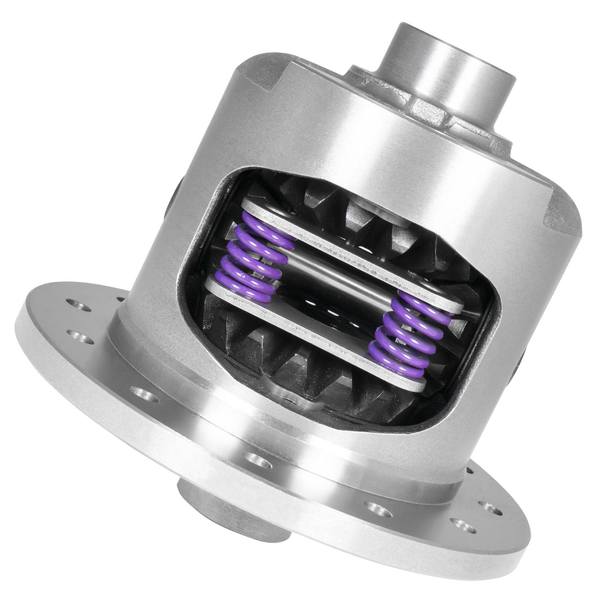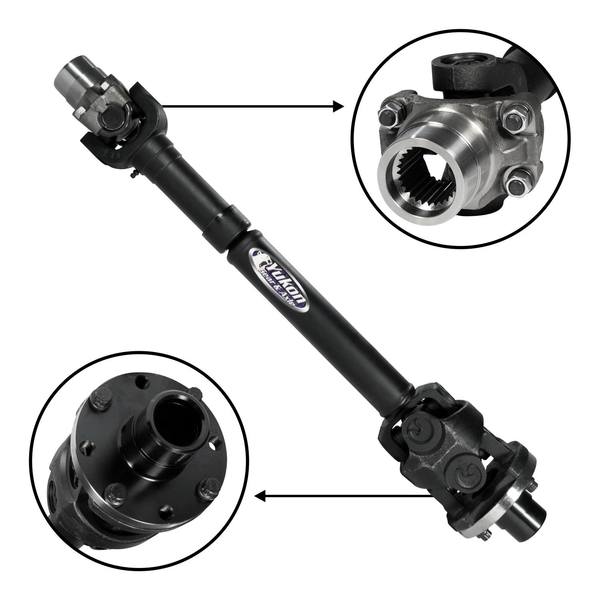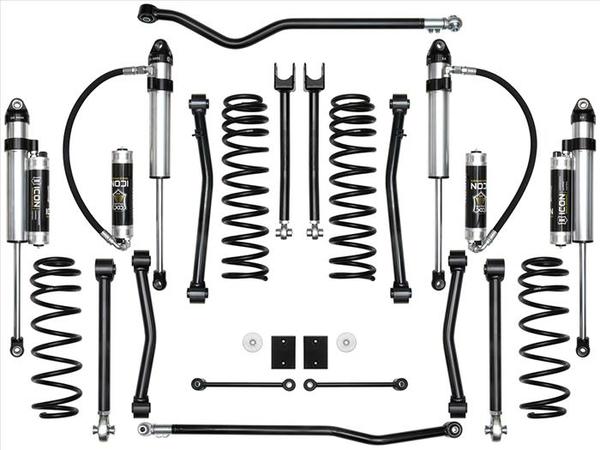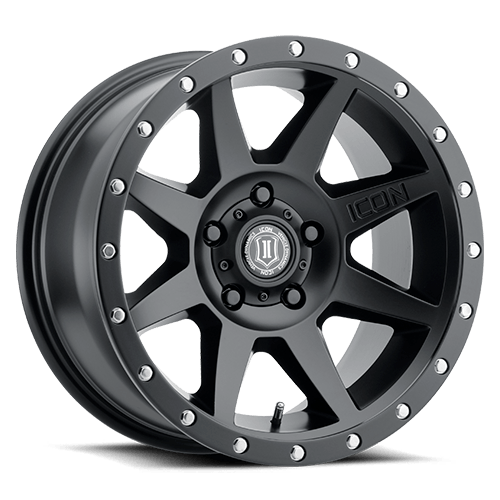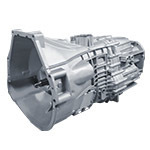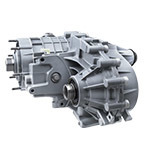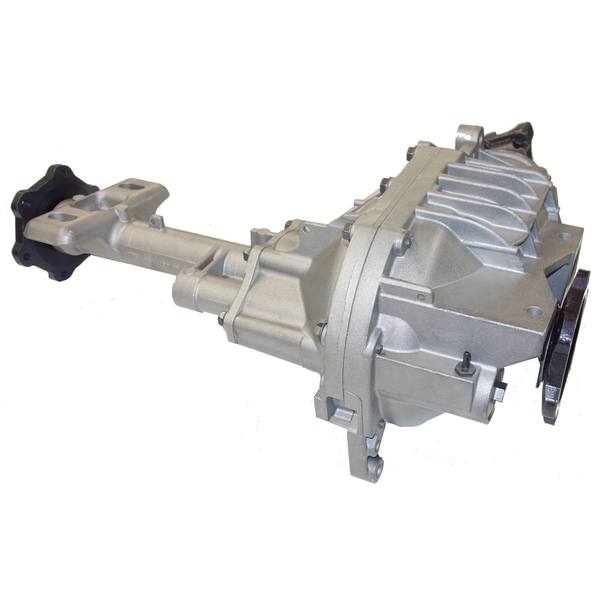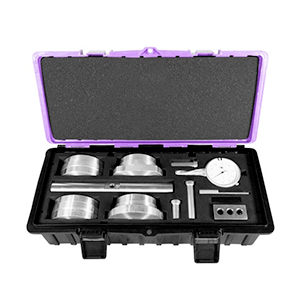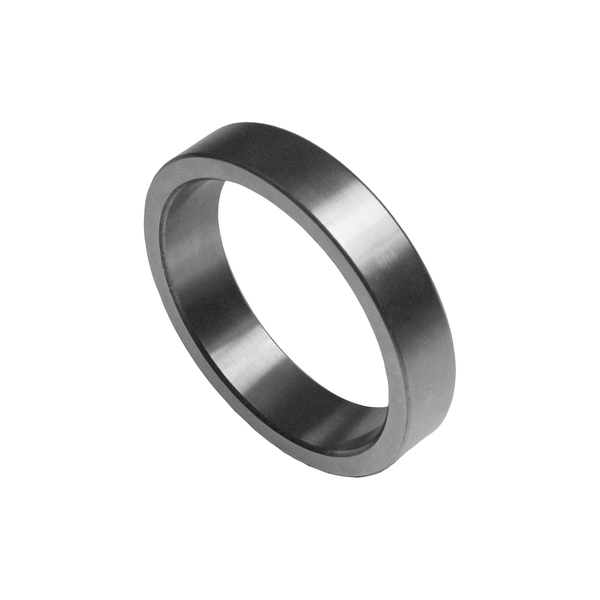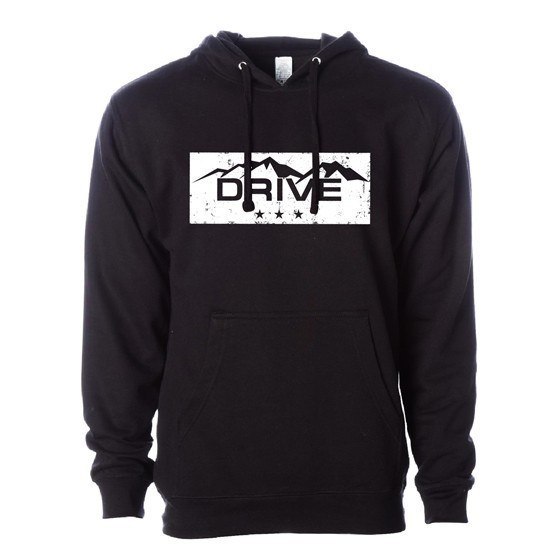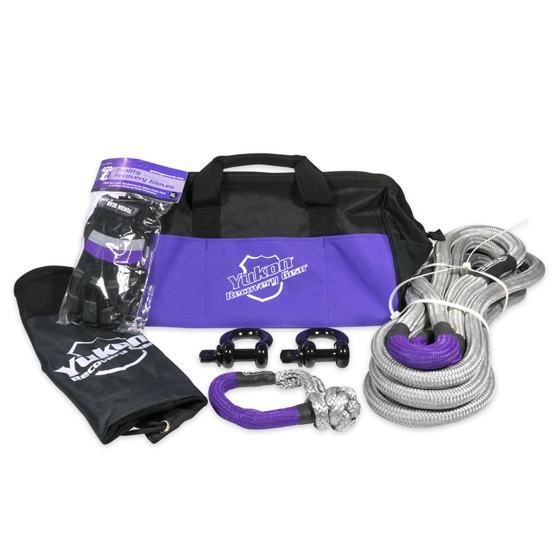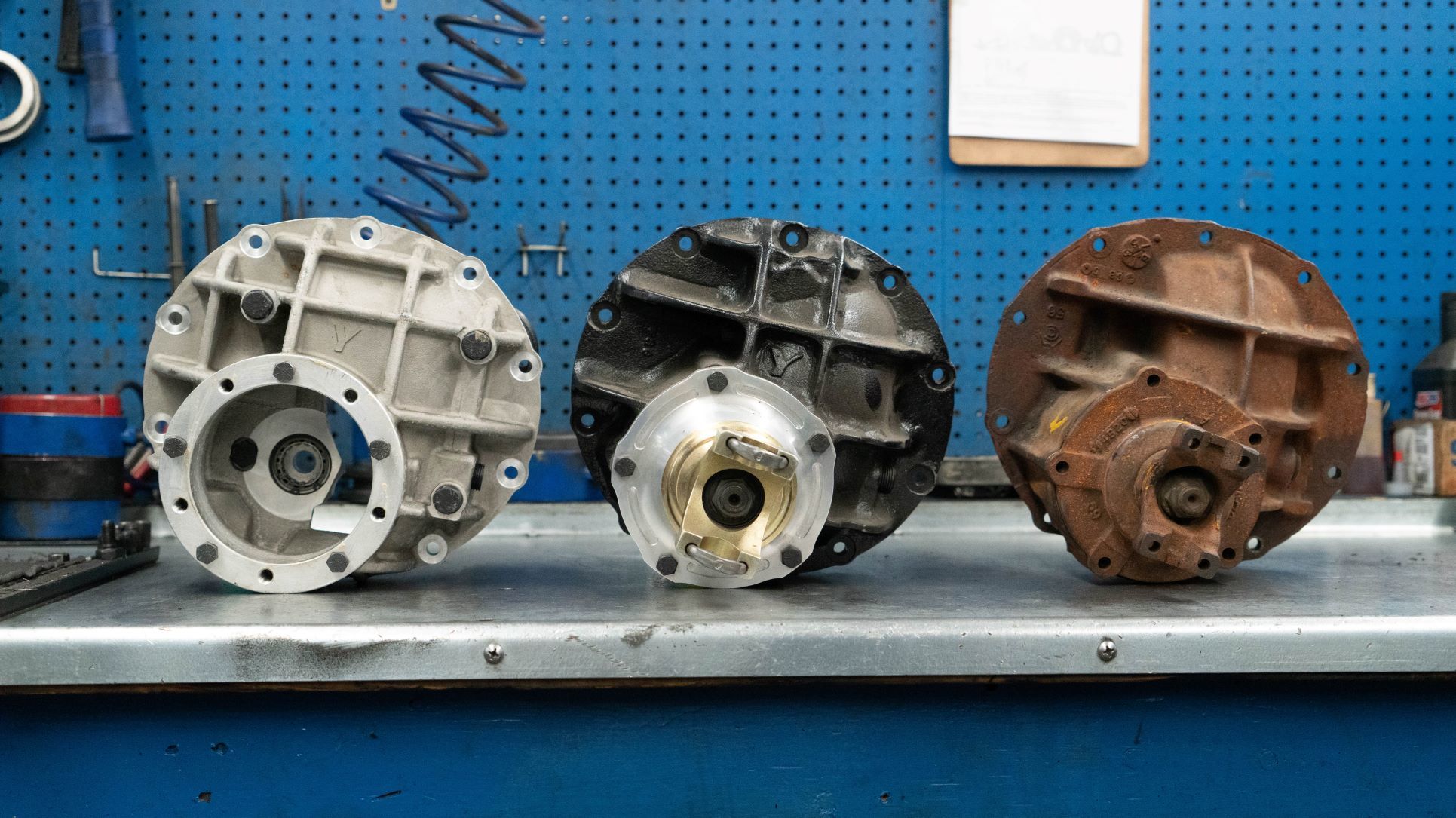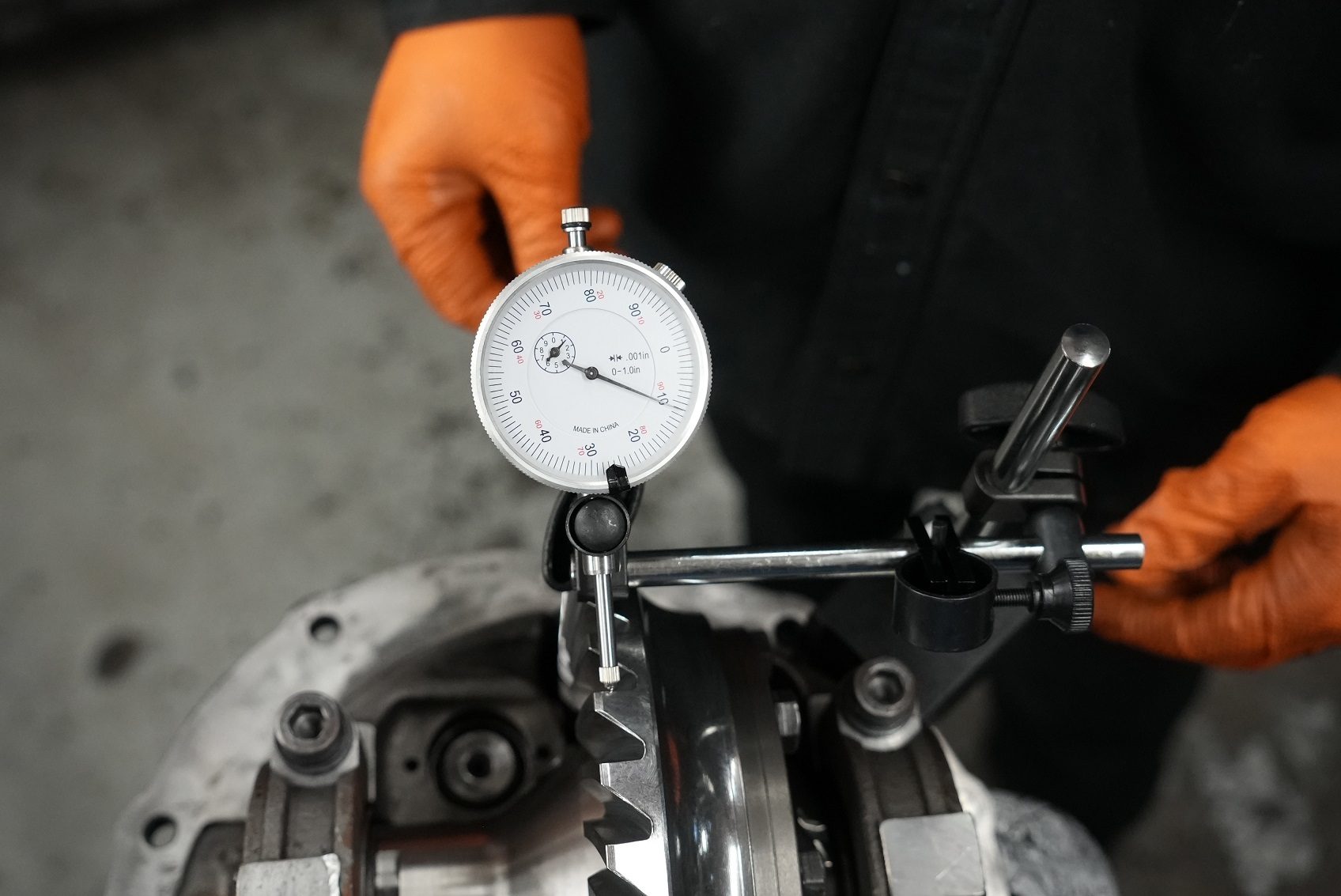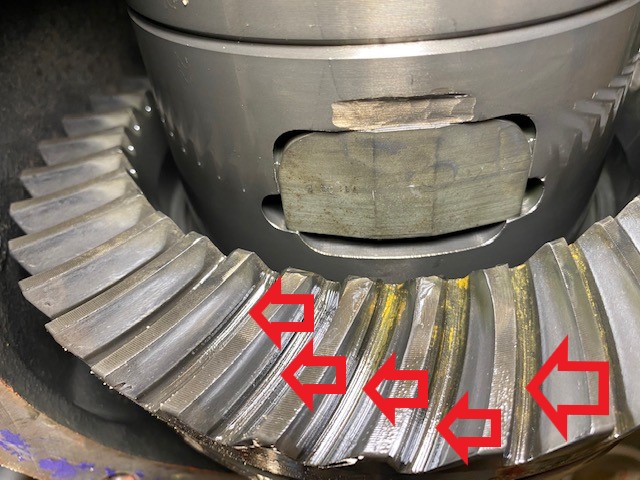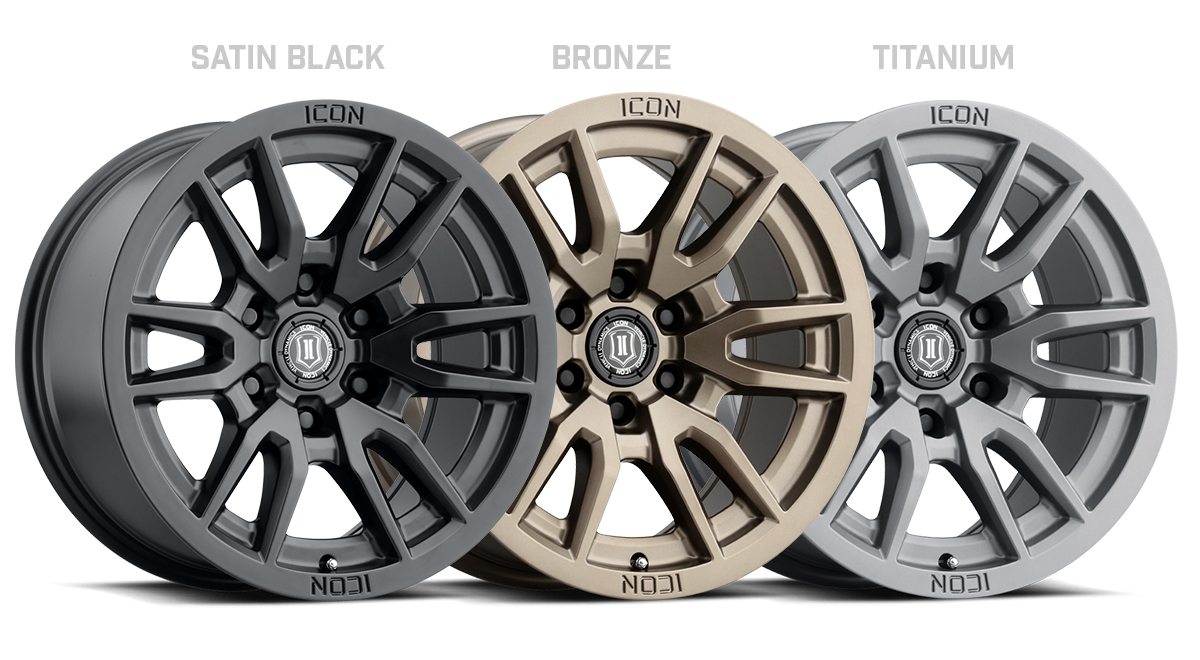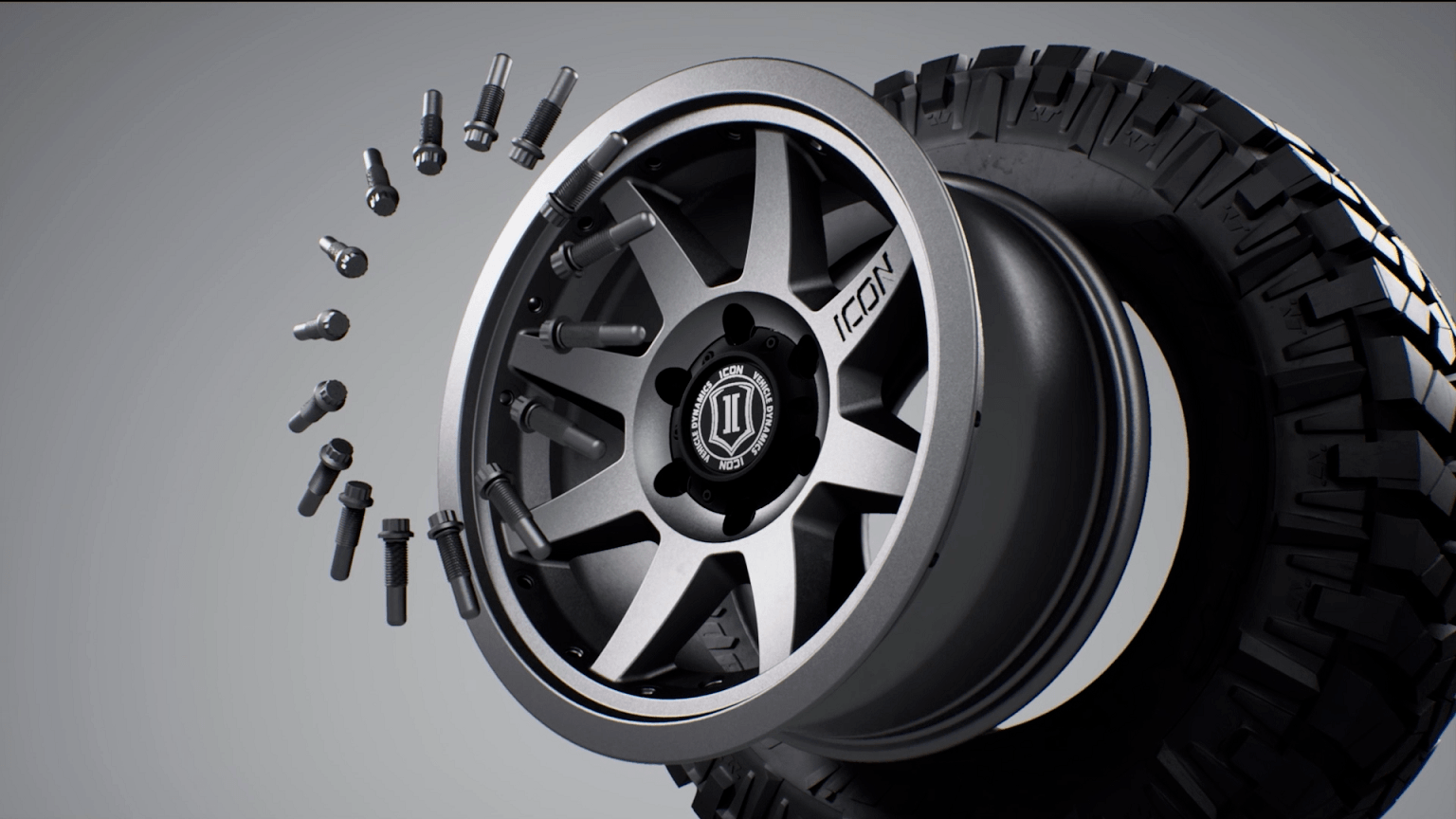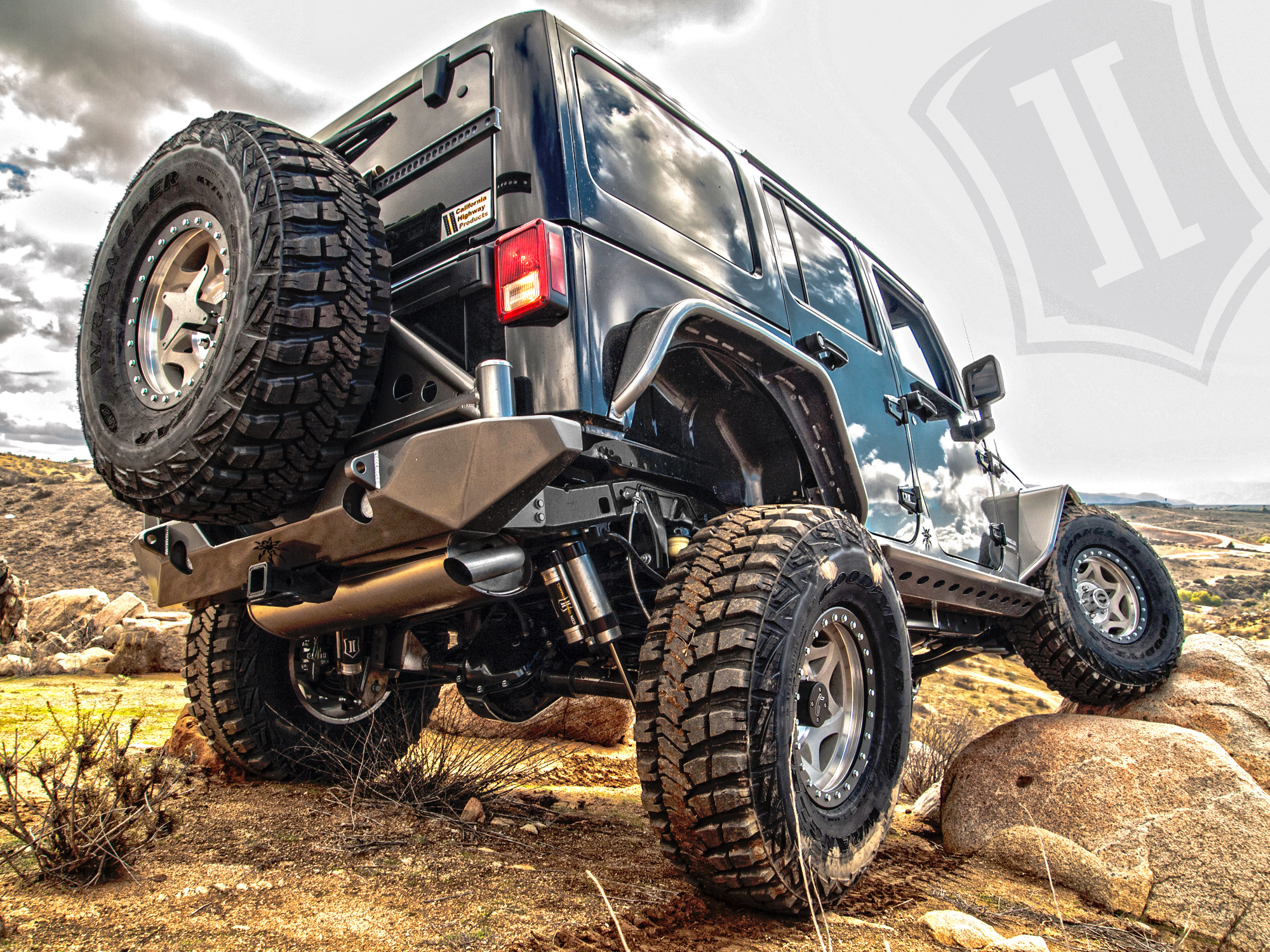The iconic Ford 9-inch has been the go-to diff for hot-rodders since day one. The brilliance of the unit is its ability to hold power, its quickness in changing gears, its vast range of available gear ratios, and the ease in which it can be setup.
Shop our Ford 9-inch differential products here.
The Ford 9-inch was produced from 1957 to 1986 and came standard in a wide variety of Blue Oval cars and trucks. As one would expect, the aftermarket has kept the 9-inch alive, offering its own versions of the long-standing design.
Spotting A Ford 9-Inch
The Ford 9-inch is a dropout-style differential. Looking at the pumpkin, or center section, you’ll notice the gear set is accessed through the center cover on the pinion side of the axle where the driveshaft connects, not from the back over like a more common carrier-type of rear end. Early, pre-1966 9-inchers have a round housing where later versions of the 9-inch had a hump integrated into the housing. All 9-inches are not created equal. Ford produced diffs with many different widths ranging from 57 ¼” to 69 ¼” measured from the outer flanges on each axle tube. While on the topic of spotting Ford 9-inchers, it’s worth mentioning there is a Ford 9 3/8” diff. None of the parts interchange with the 9-inch. This pretender can be identified externally by the top horizontal rib curving down at the end… which is kind of frowning, like people do when they realize it’s not a ‘real’ 9-inch.
Holding The Power
“In real world applications OE third members were produced in many different configurations and materials,” says Gus Pyeatt, RANDYS Worldwide tech support specialist. “The majority were just a common grey iron with minimal ribbing, these start to see fairly significant deflection in a light car around the 300-horsepower mark, less in heavy cars and trucks. There were some factory HD or “N” nodular iron cases that had much more pronounced webbing. These will usually hold about 400 horses in a street car application before seeing significant deflection.  Aftermarket cases enjoy a huge jump in rigidity even when reducing weight by going to aluminum. The power handling in these custom cases more than triples to the 1,200 range. Add in big bearing cases with 10-bolt pinion supports and thru-bolted caps, and you see many 9-inchers that hardly notice 2,000 horses being thrown at them.”
Aftermarket cases enjoy a huge jump in rigidity even when reducing weight by going to aluminum. The power handling in these custom cases more than triples to the 1,200 range. Add in big bearing cases with 10-bolt pinion supports and thru-bolted caps, and you see many 9-inchers that hardly notice 2,000 horses being thrown at them.”
Other Ford 9-Inch Performance Advantages
Beyond corralling horses, the Ford 9-inch’s performance advantage includes its ease of serviceability, and for early hot-rodders, its versatility. These founding father enthusiasts had the ability to drive to the track with highway gears, then swap in another third member with deep gears and a spool, race or do their shenanigans, then swap back at the end of the day.
According to Gus hot-rodders also liked how lightweight the stamped steel “banjo” housing was and its ease in adapting to other applications. “Sheetmetal is much easier to weld on and otherwise alter than cast iron. As time went on, ratio selection exploded, allowing the circle track racers to fine tune gearing from track to track all but making the old “quick change” rears obsolete.”
The 9-inch’s design benefits performance from a ‘bigger is better’ standpoint as well. Ford 9-inch diffs feature larger diameter ring .png) gears which creates additional distance between the centerline of the ring gear and the centerline of the pinion gear, known as hypoid distance. This relationship impacts performance.
gears which creates additional distance between the centerline of the ring gear and the centerline of the pinion gear, known as hypoid distance. This relationship impacts performance.
“The key here is hypoid offset,” says Gus, “The vertical offset from the axle centerline. It’s not something that is adjustable, it’s engineered into the gear set and housing. It’s a balancing act, the more the offset, the larger your tooth contact on the gears, which has the effect of strengthening the rear end assembly. The offset also changes how the pinion shaft is loaded, with 0 offset the pinion shaft sees the load at a 90-degree angle, as the offset is increased the angle is reduced, and becomes more in line with the pinion shaft, which allows for a shorter pinion shaft to handle the leverage.”
.jpg)
“Ford went so far as to further improve that side load issue by adding a third bearing which splits the load between the two bearings rather than using the single bearing as a fulcrum. The gear end of the pinion features a stub that provides additional support to the pinion via that third bearing, along with splitting the load this setup also benefits performance by limiting gear deflection under high-torque loads.”
Shop our Ford 9-inch ring and pinion gear sets here.
It should be noted that there is a slight drop in efficiency with hypoid offset but it’s nominal. Nevertheless, there are some on the interwebs that characterize this inefficiency as blasphemy and liken the 9-inch to a boat anchor. “We are talking 1% to 2% difference,” says Gus. “For some users that change will be a minimal concern, for a competitive team it may be a deal breaker. But it is enough of a concern that good old corporate average fuel economy helped force the 9-inch out of production.”
The Ultimate Gear Swapper
The Ford 9-inch’s removeable front gear case makes swapping gears incredibly easy. Simply unbolt the gear case, lift it out, and move it to the workbench. This way all the assembly and setup can be done more comfortably on the workbench rather than under the vehicle as in most carrier-type diffs.
When it comes to gear ratios, the sky is the limit. There are more available gear ratios for the Ford 9-inch than most any other differential. Offerings ranging from the low 3s to mid 6s, in increments that measure down to tenths of a ratio make it easy for the Ford 9-inch owner to swap gears and tune their traction with unrivaled precision.
Troublesome Troubleshooting
It’s not all roses and unicorns with the Ford 9-inch. Troubleshooting can be difficult in a Ford 9-inch because you have to commit to removing the entire carrier where in a typical GM 10- or 12-bolt carrier diff you can simply pop the cover off and glean the inner workings for any worn or broken parts. The caveat here is some aftermarket 9-inch diffs are outfitted with rear ‘inspection’ covers for just this scenario.
Easy Gear Pattern Adjustments
In a Ford 9-inch the pinion gear and accompanying small parts are installed in their own separate, detachable sub-housing, often referred to as a cartridge or pinion support. This arrangement promotes easy adjustments to gear set alignment.
.jpg)
Further, the 9-inch has screw-type adjusters rather than shims, which makes dialing in the gear set all the more easier because you don’t have to worry about preloading the shims to evaluate gear tooth alignment. Simply tighten or loosen the adjuster nuts on both sides of the housing to move the gear until proper alignment is achieved…. No shim hammering, no headaches.
Time Is On Your Side
Although Ford ceased production in ‘86, the aftermarket has not missed a beat, developing parts for the diff that take full advantage of all the advancements in technology, materials, and.jpg)
manufacturing through the ensuing decades. Some of these revelations include aftermarket cases made from tough nodular iron and billet aluminum not the gray iron used in the originals. The aftermarket Ford 9-inch differential at left consists of a Yukon nodular iron case, Yukon aluminum pinion support, and a Yukon yoke. The aluminum pinion support allows the use of a larger-than-stock bearing, further enhancing the unit’s durability.
Beyond the diff, the evolution of axle technology will also impact the strength and longevity of the diff. The use of chromoly and other materials and the development of custom axles with more splines than stock offerings all make for a more robust differential. Even the ring and pinion gears themselves have not escaped as larger gear sets are being made from exotic high alloy steels.
Enthusiast drivers are the big winners. They get a diff that can hold more power and live longer than the originals could ever dream of. The possibilities are endless and we appreciate all the Ford 9-inch brings to the table. In fact, RANDYS Worldwide and its Yukon Gear & Axle brand offer tons of Ford 9-inch parts so you can properly build and gear your diff to match your power levels and driving habits. Ready to step up to the big time? Let us help.
 AMC
AMC
 Chrysler
Chrysler
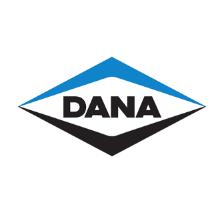 Dana
Dana
 Ford
Ford
 GM
GM
 Isuzu
Isuzu
 Nissan
Nissan
 Suzuki
Suzuki
 Toyota
Toyota
